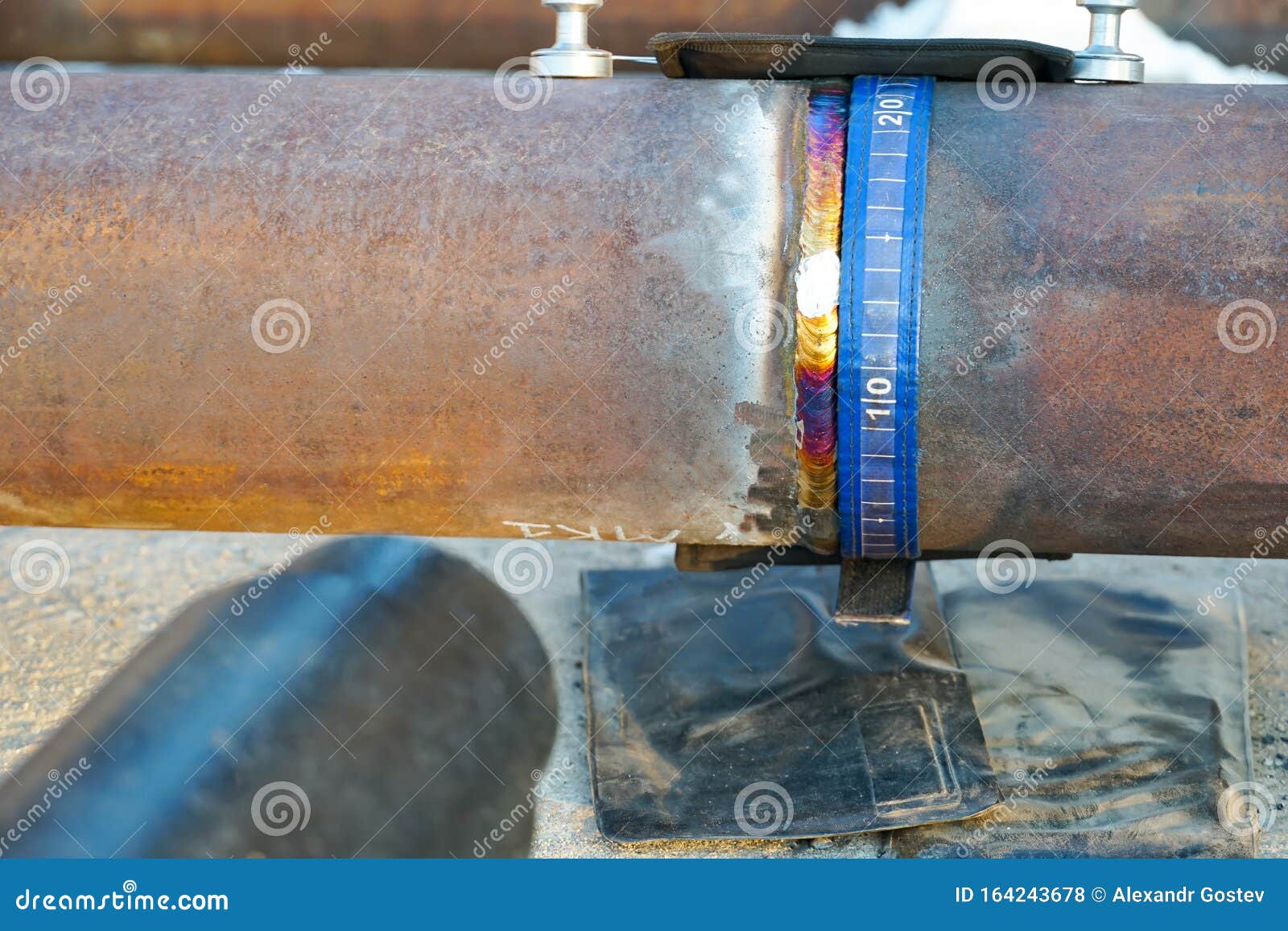Expert Pipeline Welding Inspection Providers: Ensuring Safety and Compliance
Expert Pipeline Welding Inspection Providers: Ensuring Safety and Compliance
Blog Article
Comprehensive Introduction of Pipe Welding Evaluation Treatments
In the realm of pipe building, making sure the honesty and security of bonded joints is critical. Pipe welding examination treatments play a critical role in guaranteeing that bonded connections meet rigorous market standards and specs. From careful pre-welding inspections to detailed post-weld analyses, a well-defined assessment procedure is vital for keeping the structural sturdiness of pipelines. Understanding the complexities of welding examination procedures is not only a regulatory requirement however likewise a fundamental aspect of promoting the reliability of these critical facilities.
Pre-welding Evaluation Preparations
Prior to commencing the welding process, complete pre-welding inspection preparations are vital to guarantee the integrity and high quality of the weld joint. These prep work include a careful examination of the products to be welded, the welding tools, and the job atmosphere. By conducting detailed pre-welding assessment preparations, possible issues can be recognized and fixed early on, leading to dependable and premium weld joints.
Welding Treatment Credentials
Complete pre-welding assessment preparations lay the structure for the essential process of Welding Procedure Credentials, making sure the stability and high quality of the weld joint. Welding Procedure Qualification (WPQ) is a vital action in the welding process that entails screening and accrediting welding treatments to assure they fulfill certain requirements and demands. The WPQ process typically consists of welding treatment spec advancement, welding procedure certification screening, and paperwork of the outcomes.
During welding treatment specification development, essential information such as the welding procedure, welding products, joint layout, and welding criteria are specified to develop a comprehensive procedure. Ultimately, welding procedure credentials testing is carried out to verify the proposed procedure's integrity. This screening typically includes welding test discount coupons that undergo different mechanical and non-destructive examinations to examine the weld's quality and adherence to the defined standards.
In-process Weld Evaluation
Throughout the welding process, in-process weld inspection plays a vital duty in guaranteeing the quality and integrity of the weld joint - Pipeline Welding Inspection. This kind of examination entails checking the welding criteria, evaluating the weld bead development, and spotting any type of potential flaws or suspensions as they take place. By conducting in-process weld examinations, welding drivers can quickly address any kind of problems that might emerge, thus ensuring and preventing more flaws that the final weld satisfies the required specifications
Usual approaches utilized for in-process weld examination consist of visual evaluation, fluid penetrant testing, magnetic bit testing, ultrasonic screening, and radiographic testing. In general, in-process weld examination is necessary for maintaining the high quality and reliability of welded pipelines.
Non-destructive Testing (NDT)
Non-destructive Testing (NDT) is an essential approach used in pipe welding evaluation to examine the honesty of weld joints without creating damages to the welded structure. By using various NDT methods, assessors can examine the quality of welds and identify any kind of flaws or suspensions that may jeopardize the architectural strength of the pipeline. Common NDT methods utilized in pipe welding examination consist of Radiographic Testing (RT), Ultrasonic Screening (UT), Magnetic Particle Checking (MPT), Liquid description Penetrant Screening (LPT), and Visual Screening (VT)
RT involves using X-rays or gamma rays to generate pictures of the internal framework of the weld, enabling inspectors to detect problems such as porosity, cracks, or incomplete fusion. UT utilizes high-frequency sound waves to find defects underneath the surface of the weld, providing detailed information about the size and area of flaws. MPT and LPT are used to determine surface-breaking issues by using magnetic bits or penetrant fluids to the weld location. Additionally, VT includes aesthetic inspection of welds to identify any visible imperfections.
Post-weld Assessment and Paperwork


Documentation of post-weld inspection findings is important for preserving quality control documents and guaranteeing compliance with industry standards and regulations. In-depth records need to include information about the examination methods used, the area and nature of any issues located, and any kind of rehabilitative activities taken - Pipeline Welding Inspection. Appropriate paperwork not only works as a record of the weld's quality but likewise aids in future upkeep and examination procedures
Verdict

In final thought, pipe welding inspection procedures play a critical duty in ensuring the top quality and integrity of welds. Generally, adherence to proper inspection protocols is vital to the success of pipe welding jobs.
From thorough pre-welding assessments to thorough post-weld assessments, a well-defined assessment process is necessary for preserving the structural sturdiness of pipes. By carrying out in-process weld assessments, welding drivers can promptly address any type of concerns that may arise, thereby stopping more issues and ensuring that the final weld meets the called for specs.
Common approaches made use of for in-process weld examination consist of visual examination, fluid penetrant screening, navigate to this website magnetic particle screening, ultrasonic testing, and radiographic testing.Non-destructive Screening (NDT) is an important method used in pipeline welding evaluation to analyze the honesty of weld joints without triggering damages to learn the facts here now the welded framework. Post-weld assessment involves different methods to examine the welds for defects, consisting of visual examination, dye penetrant screening, magnetic particle screening, ultrasonic testing, and radiographic testing.
Report this page